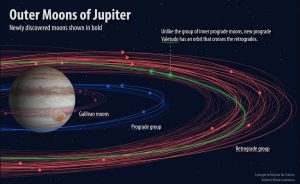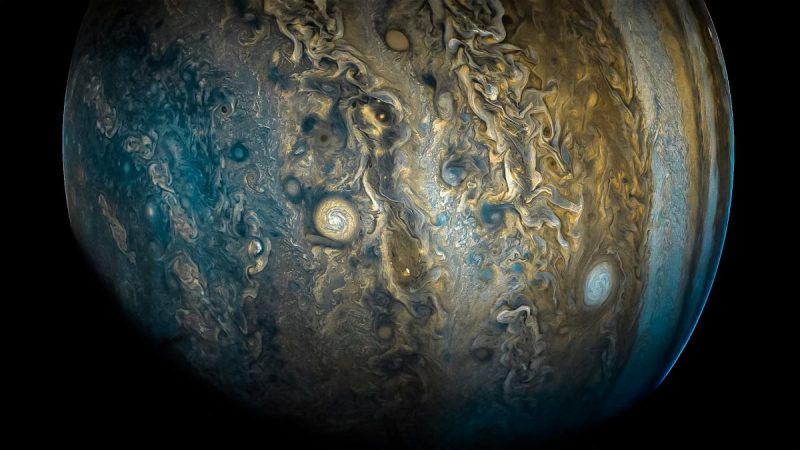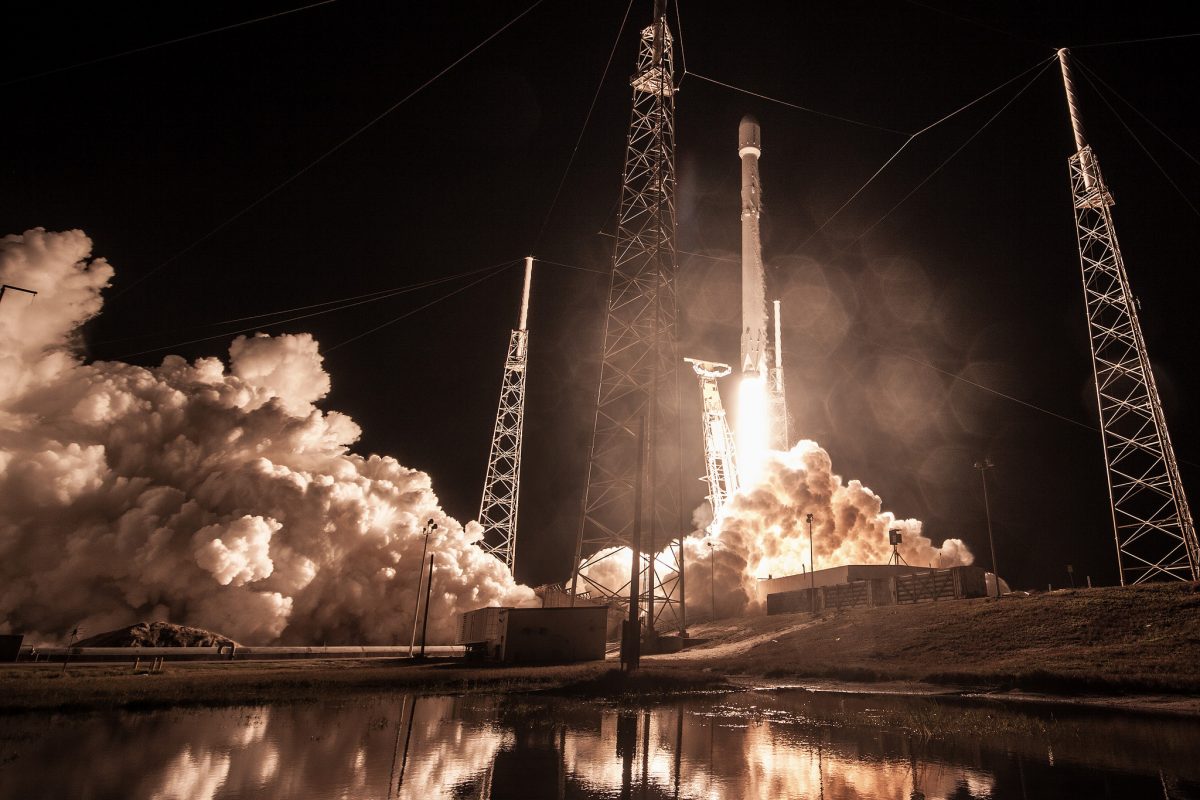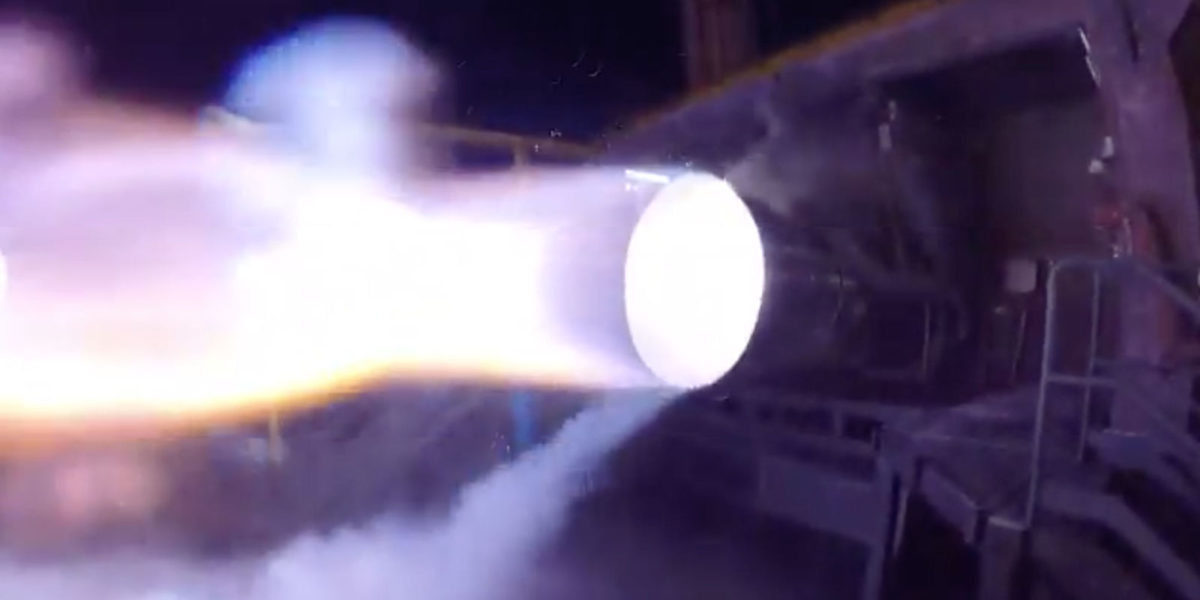Jupiter is the largest planet in our Solar System and scientists believe it was the first heavenly body formed nearly 4 billion years ago when our small part of the milky way galaxy began to take shape. Most notably, Jupiter has dozens of small moons orbiting it––the most of any planet orbiting our host star. The moons that we knew revolved around the planet range from Volkswagen size to pretty massive celestial objects like our own moon. Galileo discovered the first four in 1610.

Today, a team led by scientist Scott Sheppard at the Carnegie Institution for Science in Washington D.C along with collaborators from the University of Hawaii and Northern Arizona University, discovered that there are 12 more moons orbiting Jupiter that we didn’t notice before. That’s right, Jupiter’s total or orbiting bodies now totals 79. The discovery was made by accident while the team was searching for celestial objects beyond the former planet known as Pluto.

During an investigation the team conducted in March of 2017, the researchers and scientists noticed that Jupiter was entering their field of vision. They were operating the four-meter Blanco Telescope which is located at the Cerro Tololo Inter-American Observatory in Chile, South America. The technology used by the observatory enables astronomers to detect smaller, distant objects. The discovery was made around Jupiter when faint dips in light were seen traversing across the planet.
“We’re looking for new possible planets and dwarf planets in our solar system, just seeing what is out there,” said Scott Shepard. “We were able to go a little bit fainter than anyone has been able to go in the past,” and that’s why we were able to find these new moons.” Each of the newly discovered moons is tiny, having a diameter of no more than two miles.
One of the newly discovered Moons is an unusual and being called an “oddball” by the team. It has a unique orbit and is the smallest object found dancing around Jupiter at .6 miles in diameter. They named the tiniest one Valetudo, after the daughter of “Jupiter” who according to myth is the goddess of hygiene and health. The team believes that Valetudo may collide with another moon due to its erratic orbit. “This is an unstable situation,” Sheppard said.
“Head-on collisions would quickly break apart and grind the objects down to dust.”Some of Jupiter’s moons and moon groupings, including the “oddball,” could have formed from collisions like this, said a press release.
The team says there could be much more discoveries to come when it comes to spotting tiny objects orbiting larger planets like Jupiter. There is no size threshold when labeling an object a moon, but it most is orbiting around a planet to be labeled as such. “Right now the only definition of a moon is something that orbits the planet,” said Sheppard.
Scott Sheppard and the team behind the discovery believe that these smaller celestial objects are debris leftover or “last remnants” left from the formation of our Solar System. “By looking at these outer moons,” Sheppard said, “we can get an insight into what the objects were like that ended up forming the planets we see today.”









